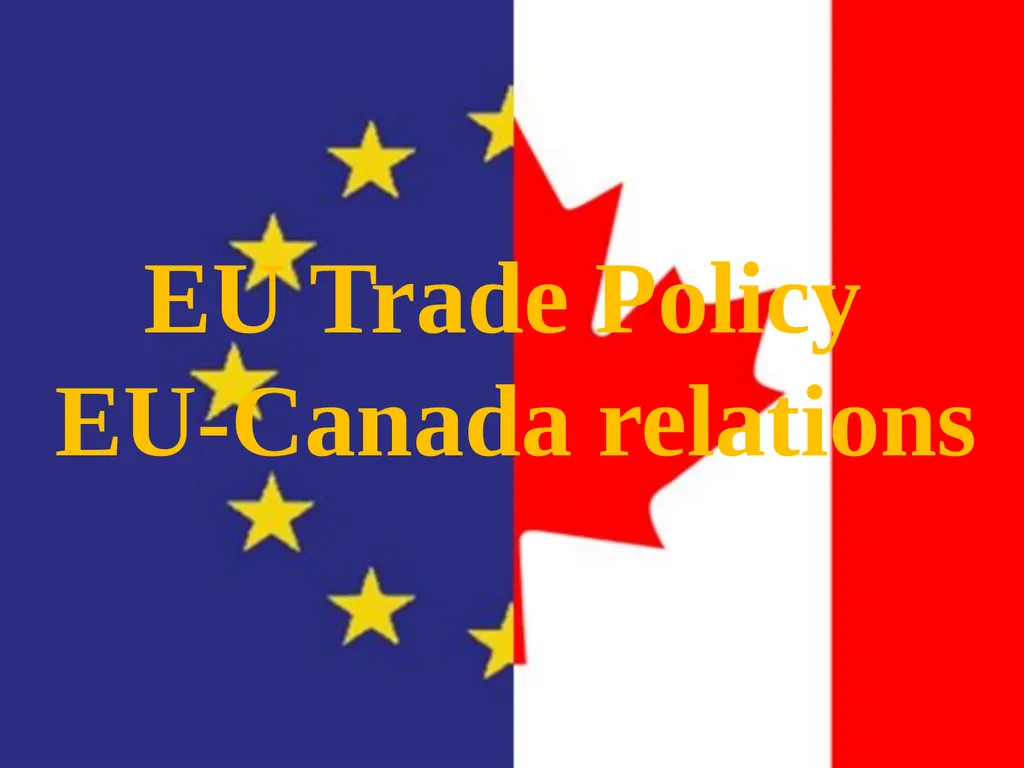
EU Trade Policy EU-Canada relations
Author: celsa-spraggs | Published: 2025-05-24
Description: EU Trade Policy EU-Canada relations http:www.youtube.comwatch?vIiOC5XG2I5Y The EU a major trading power European Commission, 2013 The EU a major trading power of global exports, goods, 2012 Others 55 EU 15 United States 11
Download Presentation
Download the PPT/PDF: Download
Transcript:
Loading transcript…